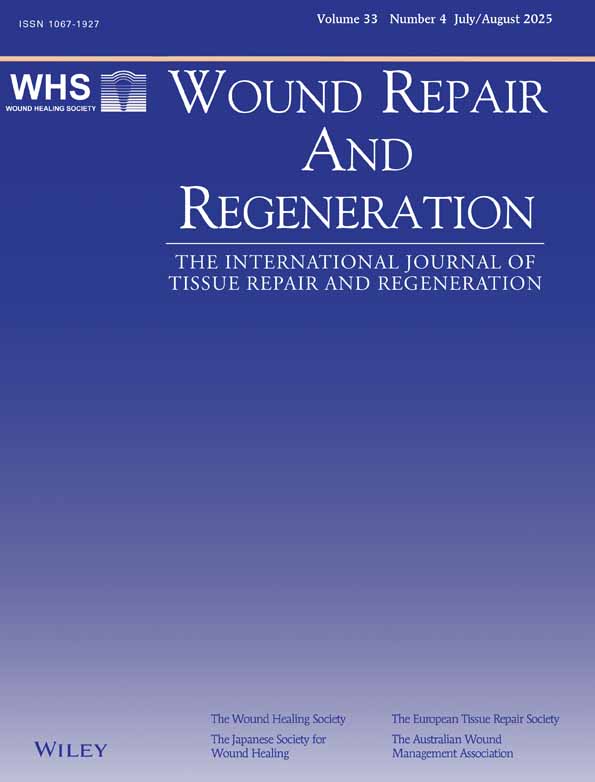Regulation of collagen synthesis and messenger RNA levels in normal and hypertrophic scar fibroblasts in vitro by interferon alfa-2b
Abstract
Hypertrophic scars, which commonly occur after thermal and traumatic injury of the skin, are a fibroproliferative disorder of the dermal matrix wherein components of the inflammatory process, including the fibrotic growth factor, transforming growth factor-β, appear to activate dormant fibroblasts leading to cellular proliferation and excessive matrix synthesis. To investigate the potential beneficial role and mechanism of interferon alfa-2b in controlling excessive collagen production in hypertrophic scar, we measured dose response, time of onset, and duration of action in hypertrophic scar fibroblasts in vitro and compared them with those of site-matched normal fibroblasts obtained from four patients after thermal injury. Interferon alfa-2b reduced collagen protein synthesis and type I messenger RNA levels in both hypertrophic scar and normal fibroblasts after treatment, but these changes were apparent only after approximately 72 hours. Significant reductions in collagen synthesis occurred in four pairs of normal and hypertrophic scar fibroblasts (p < 0.05), accompanied by significant reductions in type I (p < 0.05) but not type III procollagen messenger RNA. Hypertrophic scar fibroblasts recovered completely from the effects of interferon alfa-2b on procollagen type I messenger RNA within 48 hours of cessation of treatment in contrast to normal skin fibroblasts, in which the reduction in type I procollagen messenger RNA by interferon alfa-2b persisted beyond 72 hours after treatment. These data suggest that interferon alfa-2b reduces collagen synthesis in both normal and hypertrophic fibroblasts but the hypertrophic fibroblast may remain less sensitive to its effects.




